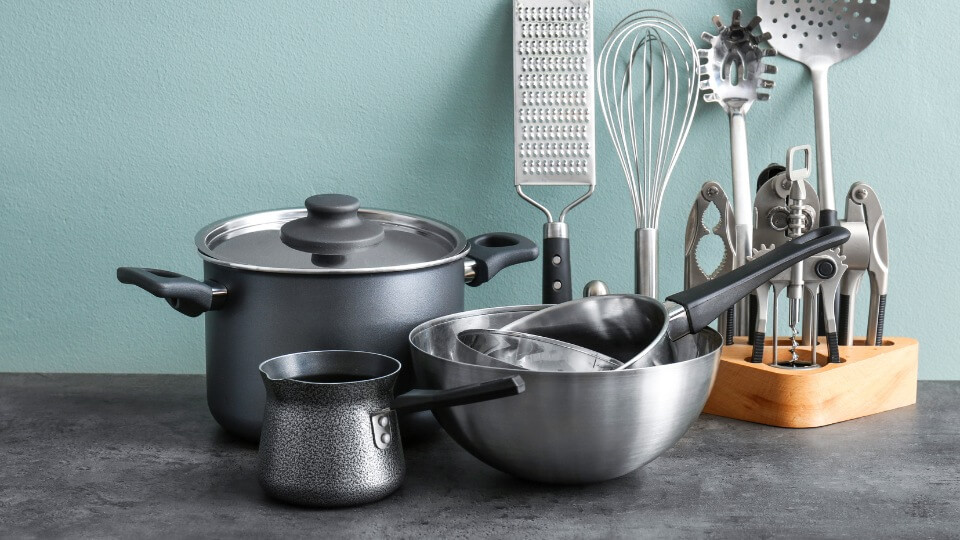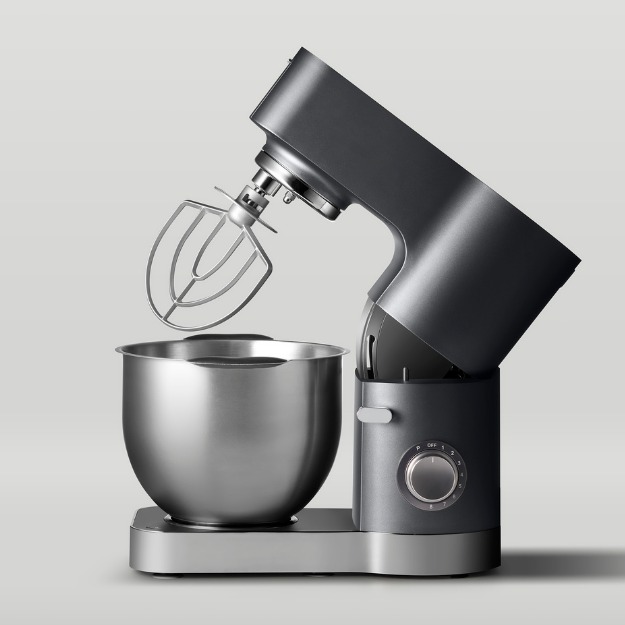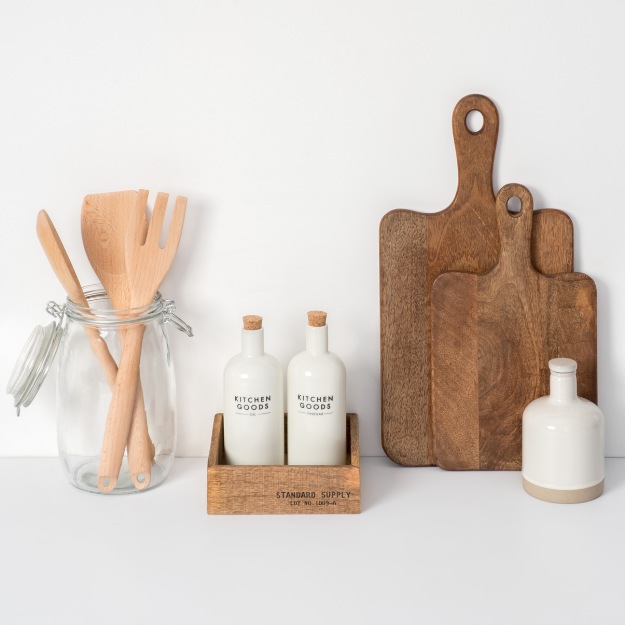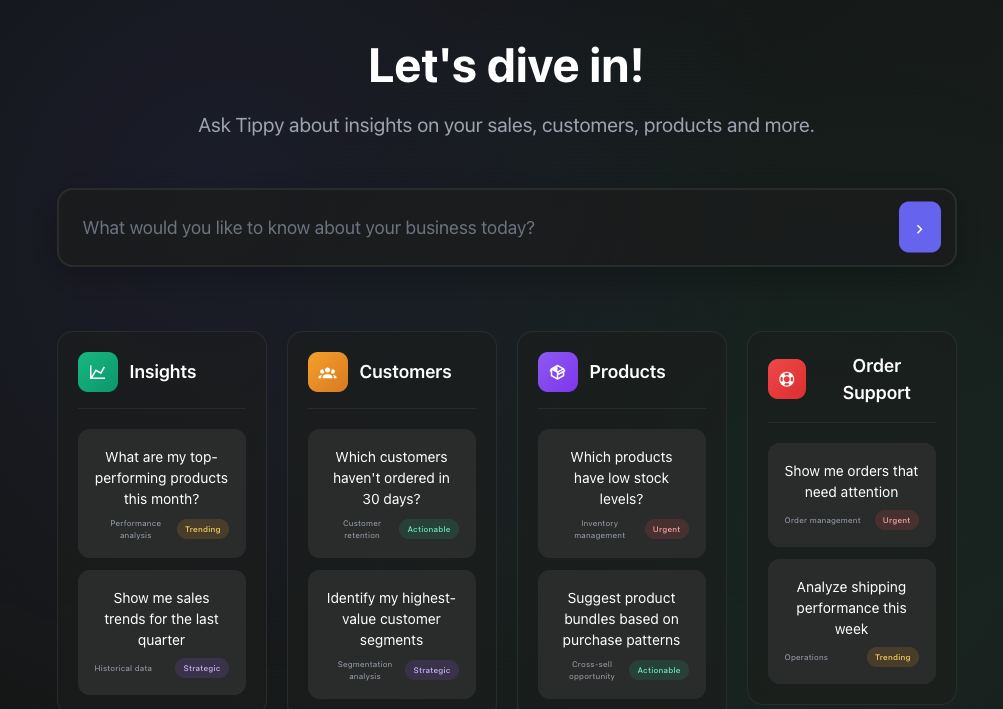B2B eCommerce for Kitchenware & Cookware Brands: 3 reasons why it’s time to go digital
Explore how B2B eCommerce is transforming the kitchenware and cookware industry. Learn key trends, challenges, and how brands can thrive with B2B eCommerce.

The kitchenware and cookware industry has seen remarkable growth in recent years, and just like consumer purchasing habits, B2B sales have undergone a digital transformation. Today’s B2B buyers expect the same level of ease, efficiency, and seamless experience they enjoy with B2C transactions. This shift is particularly noticeable in the kitchenware and cookware sector, where competition is fierce, and buyers are looking for streamlined, efficient processes to source products that elevate their business. With an expected annual growth rate of 3.08% (CAGR 2024-2029), the industry is primed for continued success through digital innovation.
Let’s explore why B2B eCommerce is crucial for kitchenware and cookware brands, what challenges these brands face, and how embracing digital tools can help streamline operations and boost growth.
Table of Contents
The evolution of Kitchenware & Cookware sales

Historically, kitchenware and cookware brands have relied on traditional sales channels—think phone orders, trade shows, and direct sales meetings. While these methods have served their purpose, they’re no longer sufficient in today’s fast-paced, technology-driven world. B2B buyers want the flexibility to place orders anytime, anywhere, and they expect access to detailed product information, pricing, and availability in real time.
In fact, 73% of B2B buyers today want the same buying experience they get from B2C platforms, meaning a frictionless, user-friendly, and efficient ordering process. This trend is quickly reshaping how kitchenware and cookware brands must engage with retailers, distributors, and other B2B partners.
Why Kitchenware & Cookware Brands need B2B eCommerce software
Efficiency & speed
Managing wholesale orders, pricing, and inventory through manual processes can be time-consuming and prone to errors. With a B2B eCommerce platform, brands can automate these tasks, ensuring accuracy and freeing up valuable time to focus on scaling the business.
Improved buyer experience
B2B buyers in the kitchenware sector often look for a platform where they can easily access product catalogs, check inventory levels, and place orders with custom pricing—without going back and forth with a sales representative. Providing a seamless online buying experience can boost buyer satisfaction and lead to repeat business.

Accurate and real-time data
A B2B eCommerce platform gives kitchenware brands access to real-time data, allowing them to track sales, monitor inventory, and forecast demand more accurately. This leads to better decision-making and improved operational efficiency.
The challenges that Kitchenware & Cookware Brands in B2B eCommerce face
Despite the obvious benefits, many kitchenware and cookware brands face challenges when transitioning to B2B eCommerce:
- Legacy systems: Many brands still rely on outdated systems like spreadsheets or disconnected software to manage orders, inventory, and pricing. Integrating a B2B eCommerce platform can streamline these processes, but the transition may feel daunting.
- Customization: B2B buyers often require custom pricing, unique discounts, and tailored product bundles. Without a flexible platform, it’s challenging to provide this level of customization.
- Scaling: As kitchenware brands grow and expand into new markets, managing multiple currencies, tax rules, and regional product preferences can become overwhelming. A robust B2B platform simplifies this complexity.
Key features of an effective B2B eCommerce platform for Kitchenware Brands
1. Custom pricing & discounts
Different buyers have different needs. Whether you’re offering volume-based discounts, exclusive deals to high-value customers, or region-specific pricing, a flexible B2B platform allows you to manage pricing and discounts effortlessly.
2. Seamless integrations
Kitchenware brands often use various tools for accounting, inventory management, and shipping. A B2B eCommerce platform should integrate seamlessly with your existing systems (like ERP or CRM software) to provide a unified, automated workflow.
3. Flexible payment & checkout options
Offer multiple payment terms, including credit terms or installment plans, to make transactions easier for your buyers. Having a smooth checkout experience helps close sales faster and improves overall customer satisfaction.
4. Product bundles & upselling opportunities
B2B eCommerce allows brands to easily set up product bundles or upsell related items like cookware sets or kitchen gadgets, enhancing the overall value for customers and increasing order sizes.
5. Mobile-friendly platform
Many B2B buyers prefer placing orders through their mobile devices. Ensuring your platform is mobile-friendly and easy to navigate can greatly enhance the user experience and increase conversion rates.
Trends to watch in Kitchenware B2B eCommerce
Sustainability demand: Today’s buyers are increasingly concerned with sustainability, particularly in the kitchenware and cookware sector. Brands offering eco-friendly materials and responsible manufacturing practices are more likely to capture long-term customers.
Personalization & customer experience: B2B buyers expect tailored experiences, and this trend is here to stay. Personalizing the shopping experience through custom catalogs, pricing, and discounts will be critical for success.
Data-driven decisions: Leveraging real-time data to inform product offerings, marketing strategies, and stock management will give kitchenware brands a competitive edge.

The kitchenware and cookware sector is seeing a shift towards digitization, and brands that adapt quickly will stand to benefit. A well-implemented B2B eCommerce platform not only streamlines operations but also enhances the buying experience, strengthens relationships with partners, and drives sales growth.
By embracing these digital tools, kitchenware and cookware brands can position themselves as leaders in the industry and cater to the evolving needs of modern B2B buyers.

